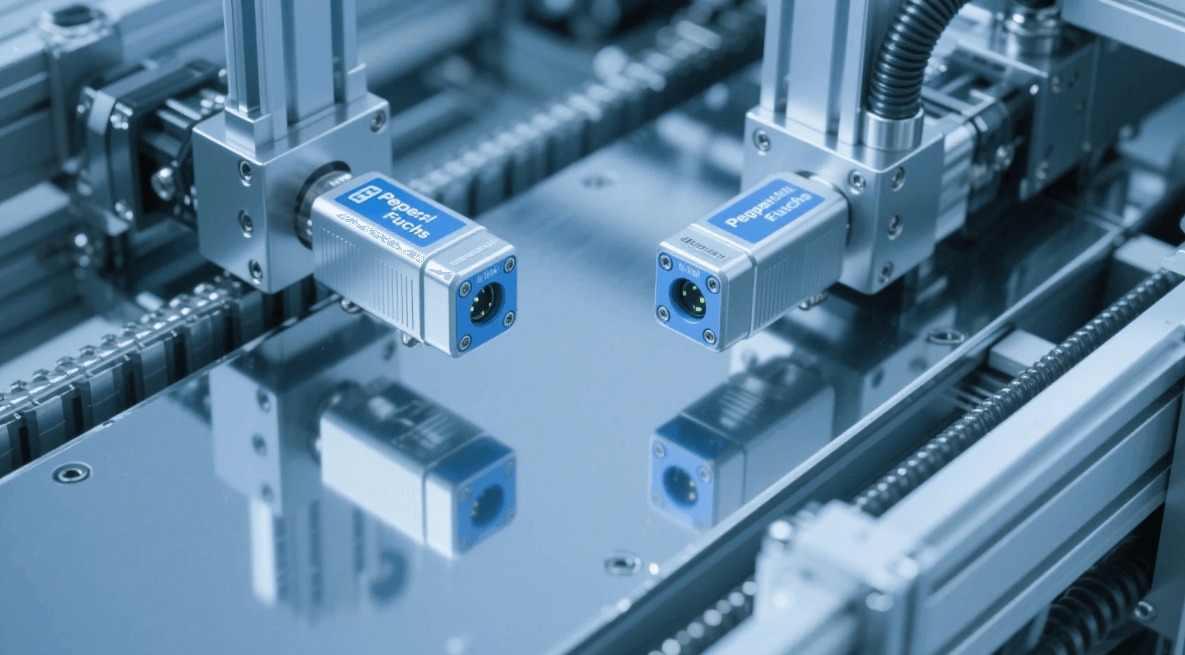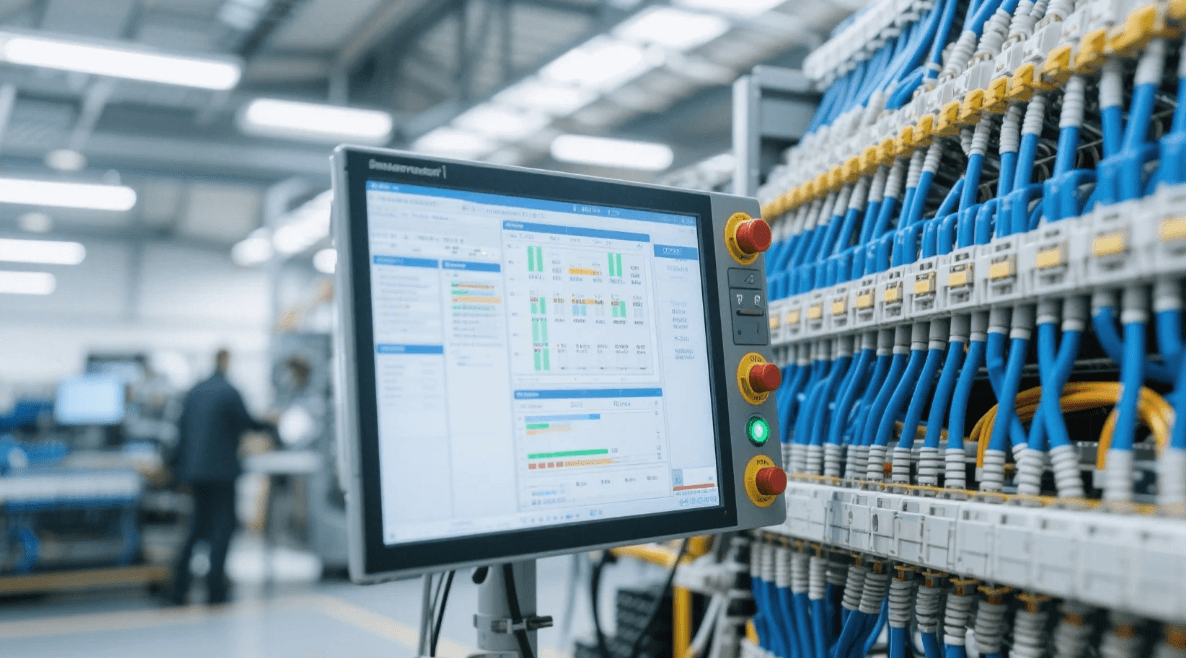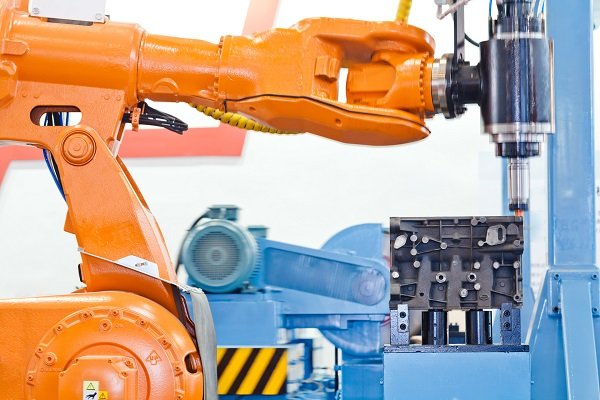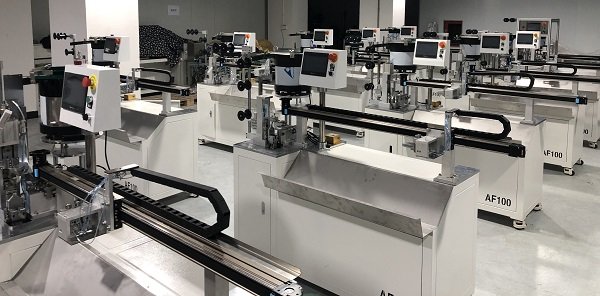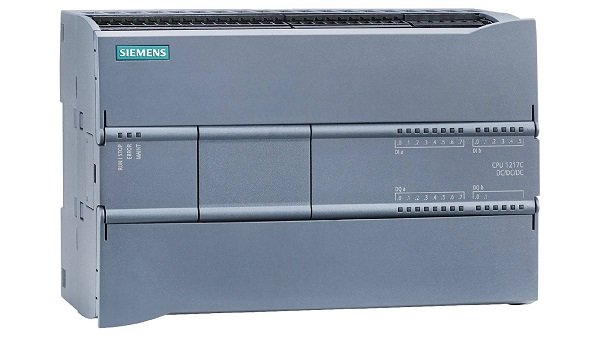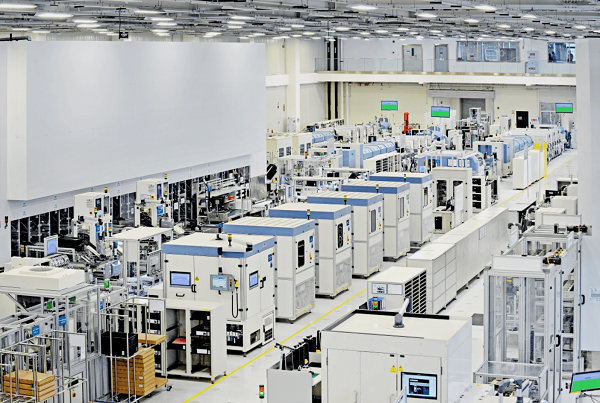The Modern Advantages of Lead Electrical Equipment: Empowering Innovation and Efficiency

In today’s rapidly evolving technological landscape, the role of electrical equipment in industrial, commercial, and residential settings cannot be overstated. From power grids to intricate machinery systems, electrical equipment serves as the backbone of modern operations. Among the wide variety of electrical equipment options available, lead electrical equipment stands out for its durability, reliability, and performance. As industries strive for efficiency, innovation, and sustainability, the lead electrical equipment industry has experienced rapid growth, with advanced solutions designed to meet the ever-growing demand for high-quality electrical products.
In this article, we will explore the modern advantages of lead electrical equipment, emphasizing its core benefits, and illustrating why this equipment continues to be an essential part of industries worldwide. By focusing on the strength, cost-effectiveness, and versatility of lead electrical equipment, we will highlight its value and how it supports the global push for cleaner, more efficient energy solutions.
Understanding Leitende elektrische Ausrüstung and Its Role
Before diving into the advantages, it’s important to understand what lead electrical equipment entails. Electrical equipment is designed to facilitate the generation, transmission, distribution, and usage of electrical power. Lead electrical equipment refers to components that integrate lead-based materials, particularly in certain types of cables, batteries, connectors, and transformers, that are integral in creating long-lasting, efficient electrical systems.
Lead has been a common material used in electrical equipment for decades due to its unique properties, including high conductivity, resistance to corrosion, and the ability to store energy. As energy demands continue to rise, lead electrical equipment plays a crucial role in ensuring efficient energy flow, stable power distribution, and long-lasting service for both industrial and residential applications.
The Key Modern Advantages of Leitende elektrische Ausrüstung
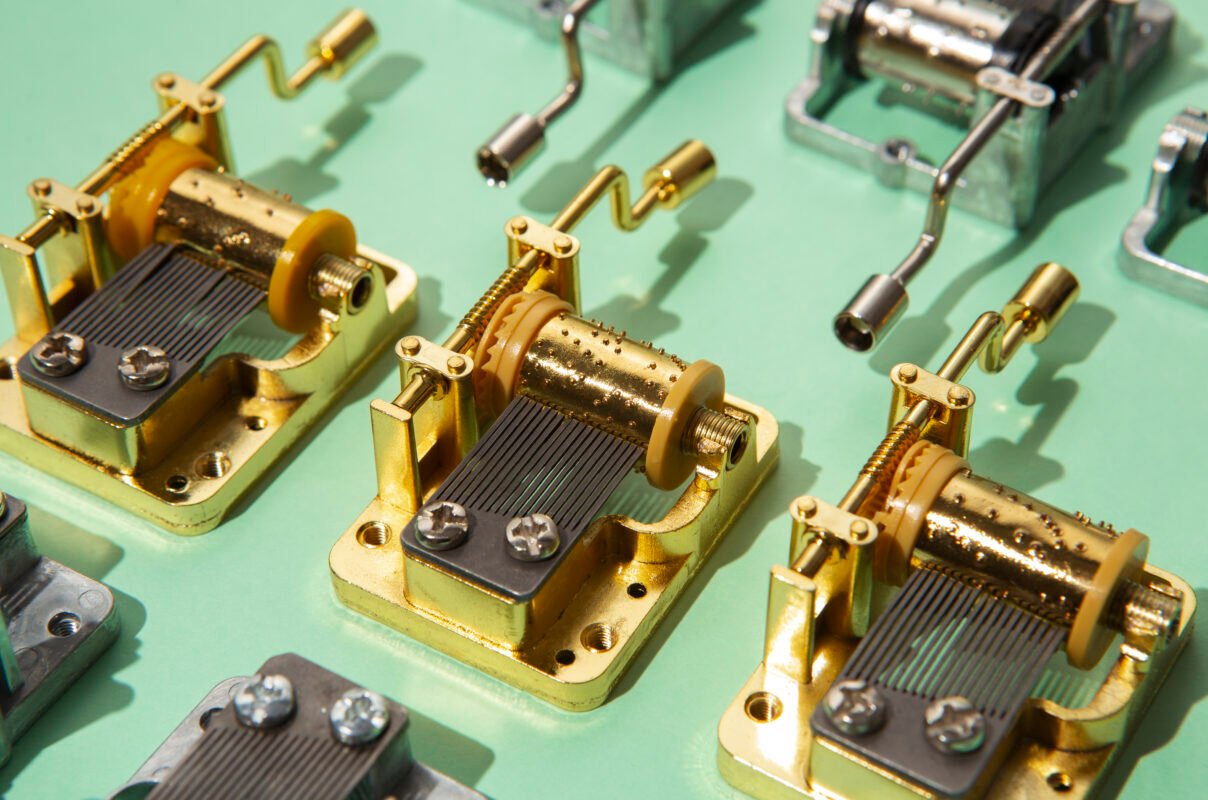
1. Durability and Longevity
One of the most significant benefits of lead electrical equipment is its durability. Lead-based components, such as lead-acid batteries, are well-known for their long lifespan. These batteries are widely used in applications where power stability is essential, including in uninterruptible power supplies (UPS), electric vehicles, and backup systems. The longevity of lead electrical equipment ensures that businesses and consumers alike experience fewer breakdowns, minimizing downtime and maximizing operational efficiency.
Unlike other materials, lead resists corrosion and degradation, ensuring that electrical systems remain intact even under harsh environmental conditions. In industries where reliability is paramount, such as telecommunications, manufacturing, and renewable energy, the lead electrical equipment is integral to maintaining the high standards expected of these systems.
2. Cost-Effectiveness
In the realm of electrical equipment, cost considerations are critical for both consumers and businesses. Lead electrical equipment provides an economical solution without sacrificing performance. Lead-acid batteries, for example, are often less expensive than newer battery technologies, offering a more affordable option for industries that require large-scale energy storage solutions.
Die lead electrical equipment market also provides significant savings in terms of installation, maintenance, and repairs. Because lead is a well-established material that has been used for decades in electrical systems, technicians are highly experienced in working with these systems, leading to lower labor costs and faster maintenance times. For businesses that rely on tight budgets, lead electrical equipment provides a reliable, cost-efficient alternative to newer, more expensive technologies.
3. High Energy Efficiency and Reliability
Energy efficiency is one of the most pressing concerns for industries in the modern world, where reducing energy consumption and improving output is crucial for both profitability and sustainability. Lead electrical equipment, particularly lead-acid batteries, offers impressive energy efficiency in terms of charging, discharging, and storing energy. These systems are capable of providing stable power over long periods, ensuring that operations continue uninterrupted.
In addition to efficiency, lead electrical equipment is highly reliable. Whether in the form of transformers, batteries, or cables, these components are known for their stable performance under fluctuating conditions. For industries relying on continuous energy flow, such as data centers, telecommunications, and emergency services, the reliability of lead electrical equipment ensures that their operations remain secure and effective.
4. Sustainability and Environmental Impact
As the global push for sustainability intensifies, industries are increasingly seeking solutions that contribute to a cleaner environment. Despite concerns about lead in certain contexts, modern lead electrical equipment is produced with strict regulations and advanced recycling technologies that help minimize the environmental impact of lead-based materials.
Lead-acid batteries, for example, are among the most recycled consumer products worldwide. Over 95% of lead from old batteries can be reused in the production of new batteries. This high recycling rate contributes to reducing the environmental footprint of lead electrical equipment and provides a sustainable solution for power storage and distribution. Moreover, lead is non-toxic when handled properly, making it a safe and viable material in today’s electrical systems.
5. Versatility in Application
One of the main reasons lead electrical equipment continues to be relevant today is its versatility. It is used in a wide range of applications across various industries, from automotive and telecommunications to renewable energy and healthcare. In automotive applications, lead-acid batteries power vehicles and provide essential backup power for critical systems. In renewable energy, lead electrical equipment is used in solar and wind energy systems to store and distribute energy efficiently.
Furthermore, lead electrical equipment is essential in industrial settings, providing power to everything from machinery and factory floors to critical communication systems and high-voltage transformers. The broad scope of lead electrical equipment ensures that it remains a cornerstone of electrical infrastructure across the globe.
6. Safety and Stability
Safety is a paramount consideration in electrical systems, and lead electrical equipment excels in providing stable, secure solutions. Lead is highly stable under a variety of conditions, making it a preferred material in many safety-critical systems. Lead-acid batteries, for example, are known for their low risk of explosion and chemical leakage, even under extreme temperatures or pressure.
For critical applications, such as backup power for hospitals or emergency response systems, the safety features of lead electrical equipment are invaluable. They ensure that these systems remain operational when they are most needed, helping to prevent catastrophic failures that could affect lives and businesses.
Industries Benefiting from Leitende elektrische Ausrüstung
The versatility of lead electrical equipment ensures that it plays a crucial role in numerous industries worldwide. Some of the key sectors benefiting from the use of lead electrical equipment include:
- Automotive Industry: Lead electrical equipment, such as batteries, is essential in powering vehicles, from traditional gasoline-powered cars to electric vehicles. These batteries offer reliable energy storage solutions that ensure a smooth and efficient driving experience.
- Telecommunications: The telecommunications industry relies on lead electrical equipment to ensure stable and uninterrupted power for communication systems. Whether it’s powering a cell tower or backup systems for data centers, lead-based solutions are critical for maintaining operations.
- Renewable Energy: With the rise of solar, wind, and hydroelectric power, lead electrical equipment is used to store and distribute energy generated by renewable sources. Lead-acid batteries are widely used in off-grid solar installations and provide essential backup power in hybrid energy systems.
- Healthcare: Hospitals and healthcare facilities depend on lead electrical equipment to provide backup power for life-saving medical equipment and critical systems. Lead-acid batteries ensure that these systems continue functioning even during power outages.
- Industrial and Commercial Applications: From factories to distribution centers, lead electrical equipment is used to power machinery, lighting, and other essential systems, ensuring smooth operations in various industrial environments.
Conclusion: Why Choose Leitende elektrische Ausrüstung?
As industries continue to evolve, the demand for reliable, cost-effective, and sustainable electrical equipment grows. Lead electrical equipment continues to offer unparalleled advantages in terms of durability, energy efficiency, safety, and versatility. Its widespread use in industries such as automotive, telecommunications, renewable energy, and healthcare demonstrates its importance in powering modern infrastructure.
Durch die Wahl lead electrical equipment, businesses and consumers can benefit from cost savings, long-lasting performance, and the confidence that comes with using a tried-and-true material. With its proven track record, lead electrical equipment remains a cornerstone of efficient and reliable electrical systems across the globe.
For industries seeking to optimize their operations and embrace sustainable energy solutions, lead electrical equipment offers the perfect combination of innovation and reliability. Make the switch today and experience the benefits of lead electrical equipment in your systems.
Model:4516AE

